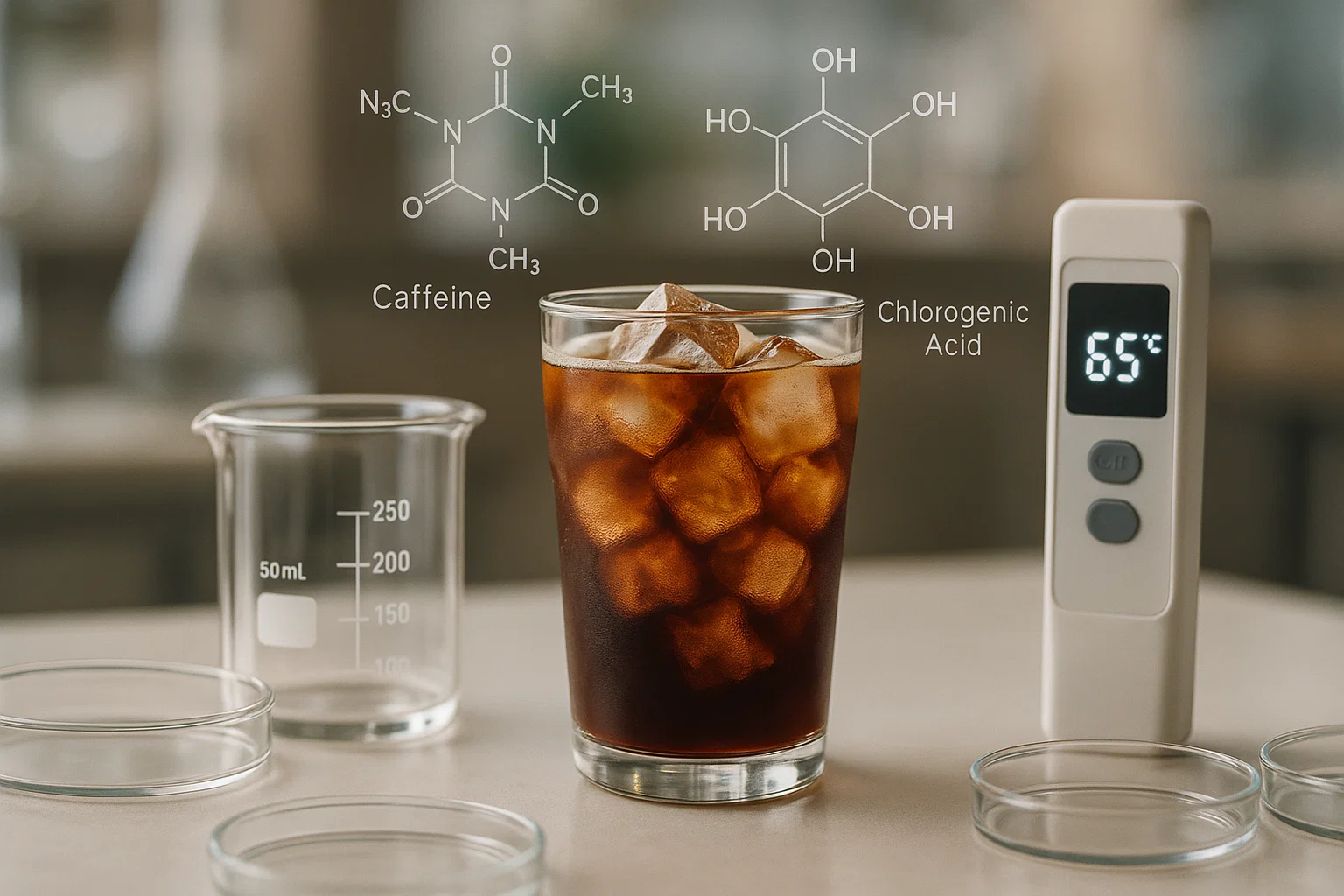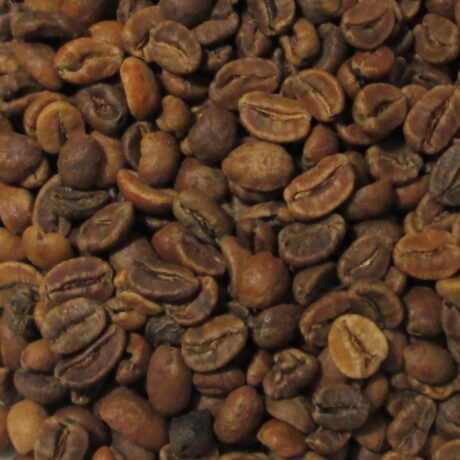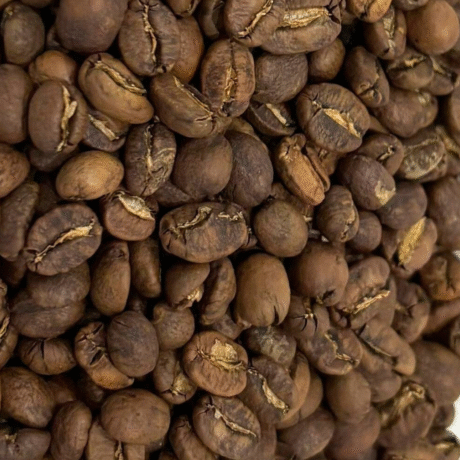Ever Had Your Cold Brew Go Bad Too Soon?
You wake up, craving that smooth, rich glass of cold brew you made yesterday. But the smell is off. One sip—and you spit it out. It’s gone sour. If this sounds familiar, you’ve likely run into the all-too-common issue of cold brew coffee shelf life.
Whether you’re a home brewer prepping for the week or a café owner bottling batches for customers, the question is the same: how do you keep cold brew fresh without sacrificing flavor or safety? Let’s break down what science says—and how you can put it into practice.
Why Cold Brew Coffee Shelf Life Is So Short
Cold brew is made by steeping coffee in cold water for 12 to 24 hours. Unlike hot coffee, there’s no heat to kill off bacteria. That means even though it tastes smoother and less acidic, it’s also more vulnerable to spoilage—especially without proper storage or stabilization.
If you’re using high-quality beans like Sumatra or Aceh Gayo, losing a batch hurts even more.
The Science Behind Extending Cold Brew Coffee Shelf Life
A research study published in LWT – Food Science and Technology tested five stabilization techniques to extend cold brew coffee shelf life:
- Pasteurization
- High Pressure Processing (HPP)
- Microfiltration
- UV Irradiation
- Blast Chilling
They measured caffeine, antioxidants (like chlorogenic acids), and volatile flavor compounds over a 4-month period. Here’s what they discovered:
1. Pasteurization: The Gold Standard for Cold Brew Shelf Life
By heating cold brew to 65°C for 30 minutes, pasteurization eliminated harmful bacteria while preserving the coffee’s original flavor and antioxidant profile—even after 120 days.
✅ Microbiologically safe
✅ No flavor loss
✅ Affordable for small operations
Want to know how temperature and timing can impact your brew? Check out our guide on perfect coffee measurements.
2. HPP: A Powerful Alternative for Cold Brew Coffee Shelf Stability
HPP works by applying intense pressure (over 600 MPa) to bottled cold brew. It killed microbes and maintained caffeine levels, but some flavor volatiles dropped by around 25%.
✅ Safe and effective
⚠️ Slightly muted aroma
💰 More costly, often used in commercial RTD brands
3. Microfiltration: Limited Protection, Short-Term Gain
Filtering coffee through 0.5-micron membranes extended shelf life to 30 days before mold appeared. It’s helpful for short-term storage but not ideal for long-term.
⚠️ Risk of bitterness
⚠️ Mold risk after 1 month
4. UV Irradiation: Not a Reliable Method
Though UV can kill bacteria on surfaces, it wasn’t effective inside the coffee. After just 7 days, contamination occurred. Plus, it altered acidity, making it more sour.
⚠️ Short shelf life
⚠️ Acidity shifts
5. Blast Chilling: Cold, But Not Cold Enough
Rapid chilling didn’t prevent spoilage. In fact, it reduced CGAs by 11% and negatively impacted flavor, causing a sharp sourness after a week.
⚠️ Least effective
⚠️ Highest variability in results
Cold Brew Coffee Shelf Life: Flavor vs Safety

One key takeaway: cold brew coffee shelf life depends not just on preventing spoilage, but preserving what you love most—flavor and aroma. In the study, only pasteurization retained the full profile after four months. HPP kept the brew safe, but lost some of its aromatic punch.
If you care about maintaining those delicate notes—like the ones found in your favorite pour-over or French press—you’ll want to choose wisely.
Pro Tips for Maximizing Cold Brew Shelf Life at Home
Want to get the most from your cold brew? Start with these:
- Use airtight, UV-protected glass bottles
- Brew with mineral-balanced water
- Store below 4°C, and label your batches
- Experiment with light roast Indonesian coffee for better antioxidant retention
- Consider pasteurizing your brew (use a sous vide!)
You can also store coffee beans properly to ensure long-term freshness from the start.
Final Sip: What Will You Do Differently?
Cold brew coffee shelf life doesn’t have to be a guessing game. With the right method—like pasteurization—you can keep your brew safe and flavorful for months. So next time you batch brew, will you leave your coffee’s fate up to your fridge? Or will you give it the shelf life it deserves?
For more expert tips on cold brew, caffeine, brewing techniques, and bean selection, explore our library at specialtycoffee.id.




